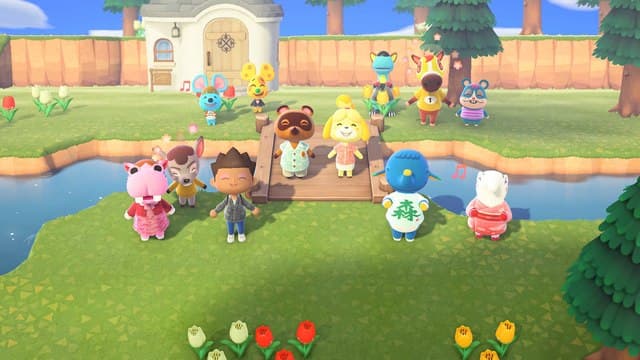5Comments
PUBLISHED
UPDATED
FFXIV Tips Guide - 48 Things The Game Doesn't Tell You
Stay in school, Warrior of Light.
About the Author
Nerium
Senior Managing Editor of Fanbyte.com and co-founder of the website. Everyone should listen to their opinions and recommendations sooner.
Newest


